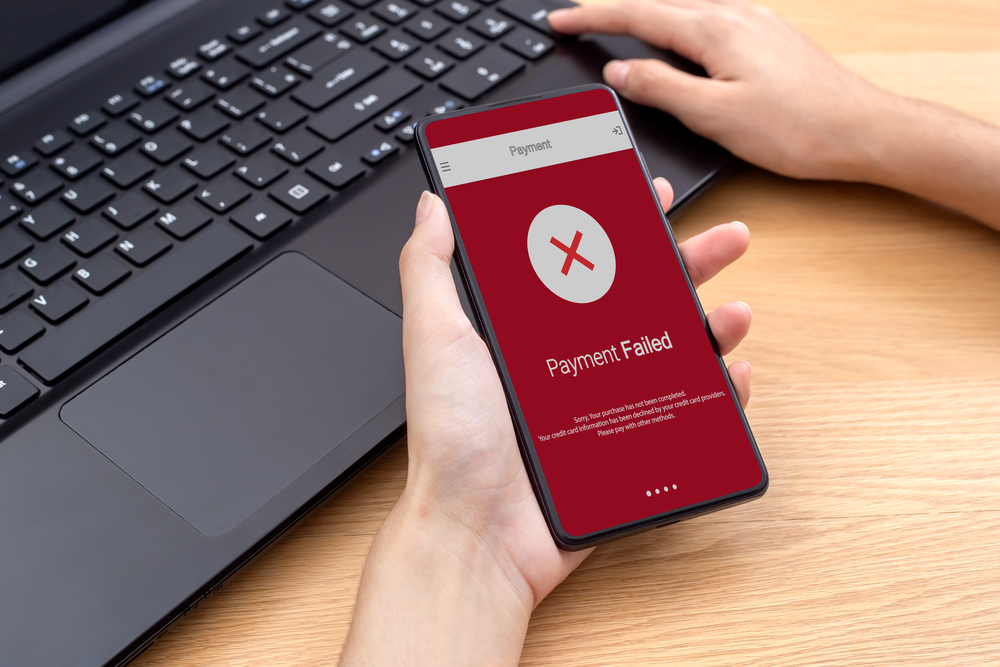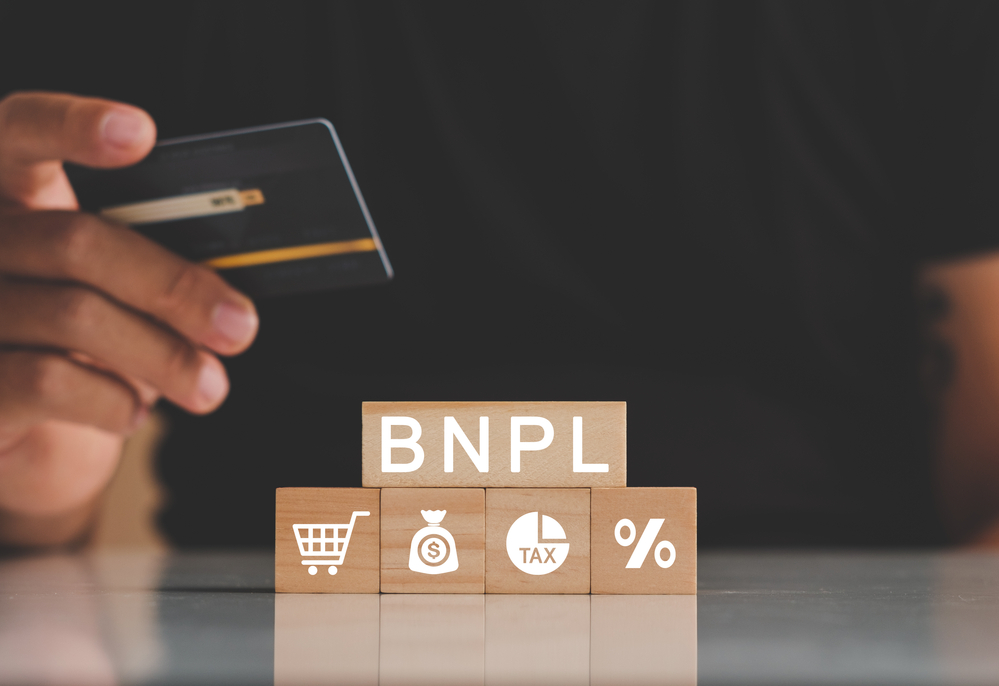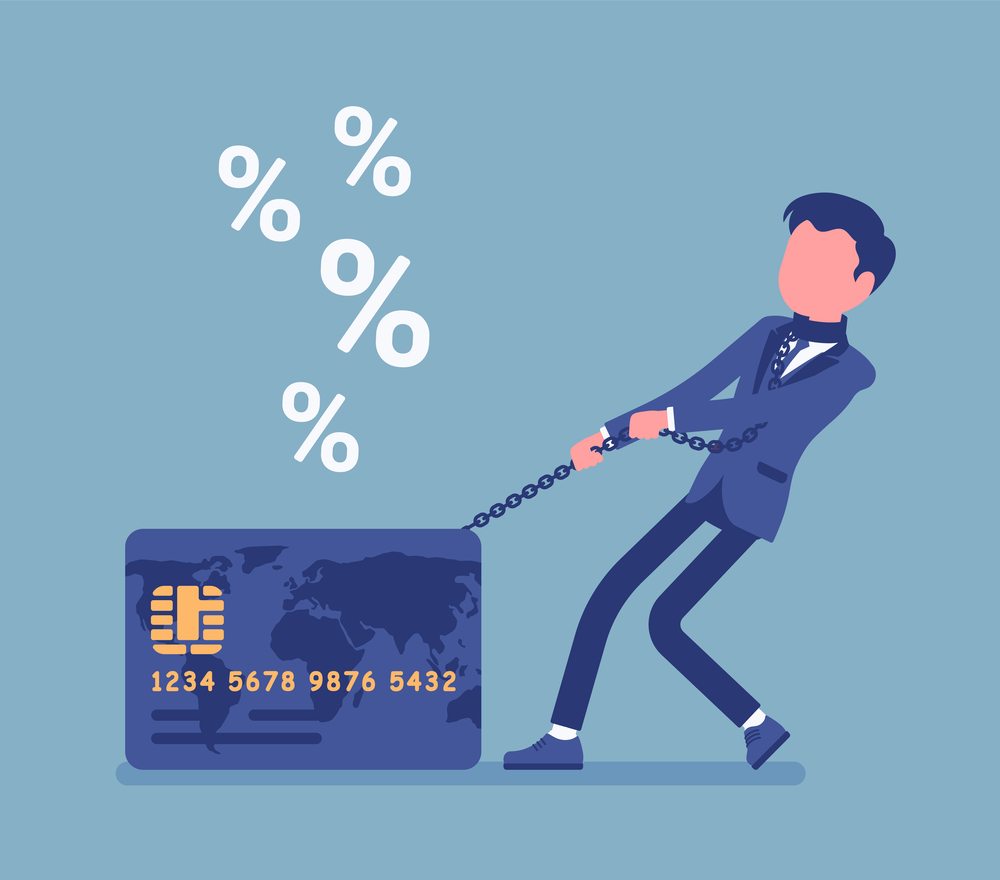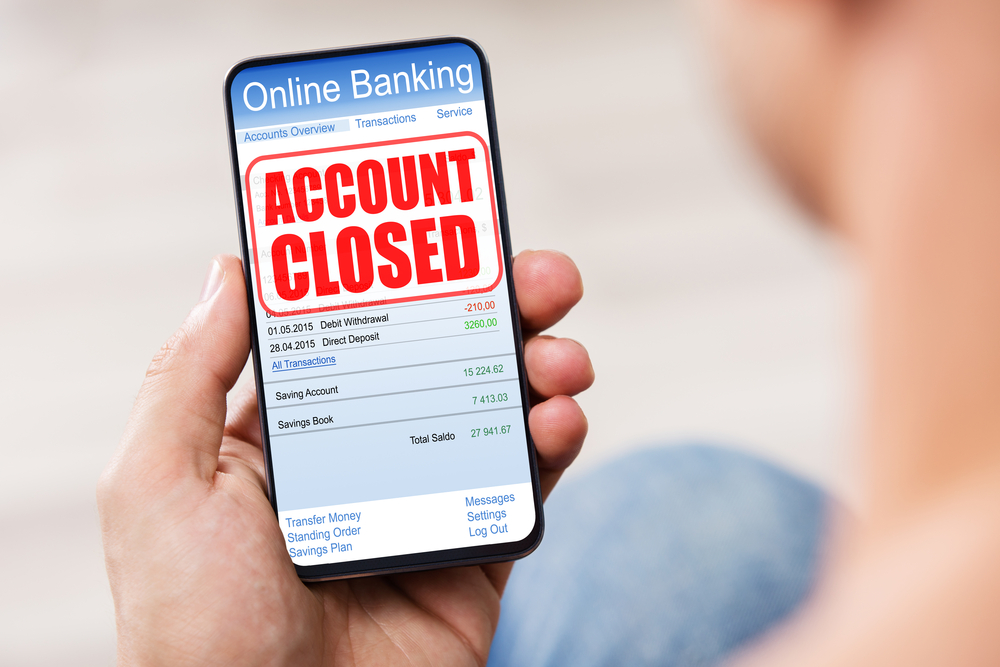Category: Payment Processing
-
The Rising Problem of Credit Card Declines: #1 Cause and Solutions for Merchants
Since the dawn of technology, credit cards have been a revolutionary payment method—providing unprecedented convenience and trust in online commerce. Nowadays, this simple yet powerful tool has become ubiquitous as an ever-popular means of transaction for shoppers worldwide. However, merchants are finding that their transactions are increasingly subject to declines from customers’ issuing banks due…
Written by

-
How Long Stripe Can Hold Funds and How to Get Your Money Back
Stripe is notorious for holding merchant funds, freezing accounts, and even terminating accounts. That means no money in, no money out, and no customers. In some cases, Stripe holds funds up to 180 days with weekly emails coming in stating, “Stripe is holding your funds for 90 days.” But wait, didn’t we just say Stripe…
Written by

-
White-Label BNPL Service Futureproofs Your Checkout
Buy Now Pay Later services have been on the rise for years now and there’s no slowing down. We’ll get into the benefits of BNPL later, but what you need to know right now is that customers love it. There’s just one problem: convenience. Convenience is a double-edged sword when it comes to BNPL. Sure,…
Written by

-
Why Credit Card Processing Fees Are So High and How To Lower Them
Are you shocked by how much your credit card processor charges each month? You’re not alone. Credit card processing fees have become a big business, with companies charging upwards of 3% of each transaction. While it may seem like you’re getting ripped off, there are ways to negotiate these fees and bring them down. In…
Written by

-
Stripe Closing Accounts for IPO, Is Yours on the List?
Is your online business at risk of being shut down? Many store owners are scrambling after seeing the news that Stripe, one of the world’s largest fintech companies and currently a private company, is prepping for an IPO. News of this has been trickling through, but the biggest and most damning is Stripe bringing on…
Written by
